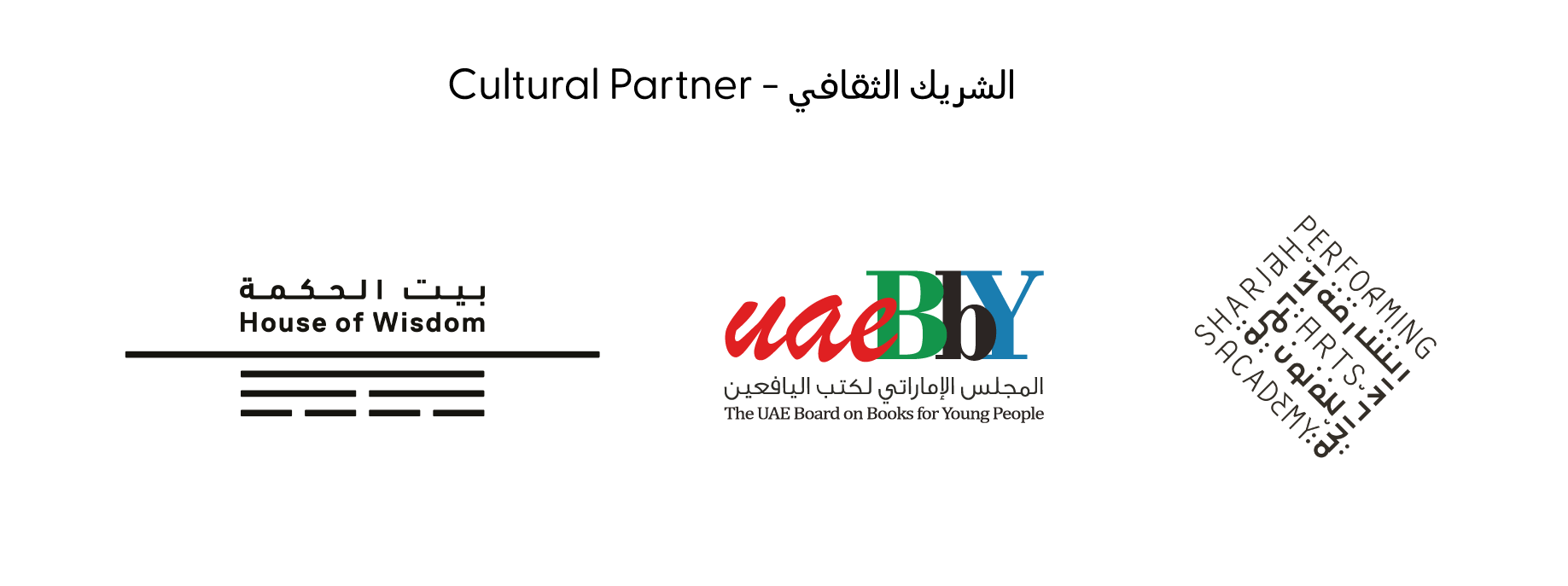An Intimate Vision
This exhibition is a selection of iconic photographs from Cobb’s four decades as one of the most influential photojournalists of her time. During her groundbreaking career as the only female staff field photographer in National Geographic’s history, she has journeyed through 65 countries documenting cultures in transition and focusing on women’s issues and social justice.
Cobb was the first photographer invited into the exclusive and ancient culture of Japanese geisha and the hidden lives of Saudi Arabian women before turning her lens to one of the most intractable problems of our time: global human trafficking. You will find humour, horror, beauty, and the absurd in her enduring images. Artist, explorer, and journalist in equal parts, she probes the elusive connections between self and subject, modernity and history, and truth and myth.
The Geisha of Japan
The geisha’s face is the most recognisable icon of traditional Japanese culture, but their lives are so exclusive and private that most Japanese have never seen one. A geisha’s job is to entertain at the functions of Japan's richest and most powerful men. She provides conversation and flirtation, pours the sake and dances—but mostly pampers the male ego.
Jodi Cobb was the first photographer allowed into their world for her book “Geisha: the Life, the Voices, the Art.” She spent six months over three years in the geisha districts of Kyoto and Tokyo and found that most of the older geisha had not entered that world by choice. At the heart of their stories was adversity or even tragedy — sold by destitute parents or born illegally or to another geisha. But through discipline and talent, the geisha created a life of beauty and made herself into the image of the perfect woman, a living work of art. That was the source of her pride and her survival.
An Intimate Vision
A selection of the iconic images from Cobb's archives.
Here Be Dragons: The Canals of Venice
A sixteenth-century cartographer, faced with the limits of the known world, inscribed the warning “Here Be Dragons” on his globe. When the year-long project on human trafficking ended, Cobb felt she had reached the limits of her known world, from seeking out evil every day and finding it. It had taken an emotional toll.
Her next story, Venice, was a beautiful antidote. As she moved about the city, photographing the expected landmarks, seasonal floods, and spectacle of carnival, she began to notice the reflections on the surface of the canals. Everything else would vanish as she would lose herself in the shifting movement of the dark water that, stirred by a breeze or passing boat, would suddenly shatter into these brilliant colors and patterns.






